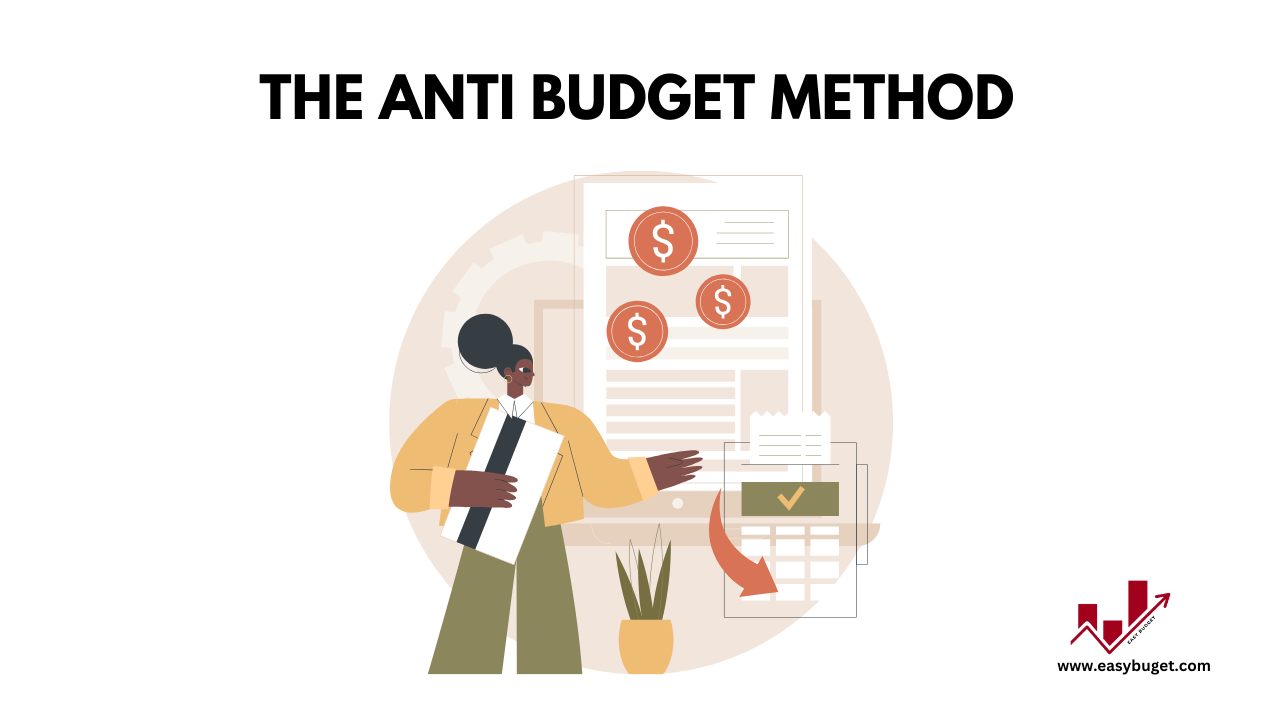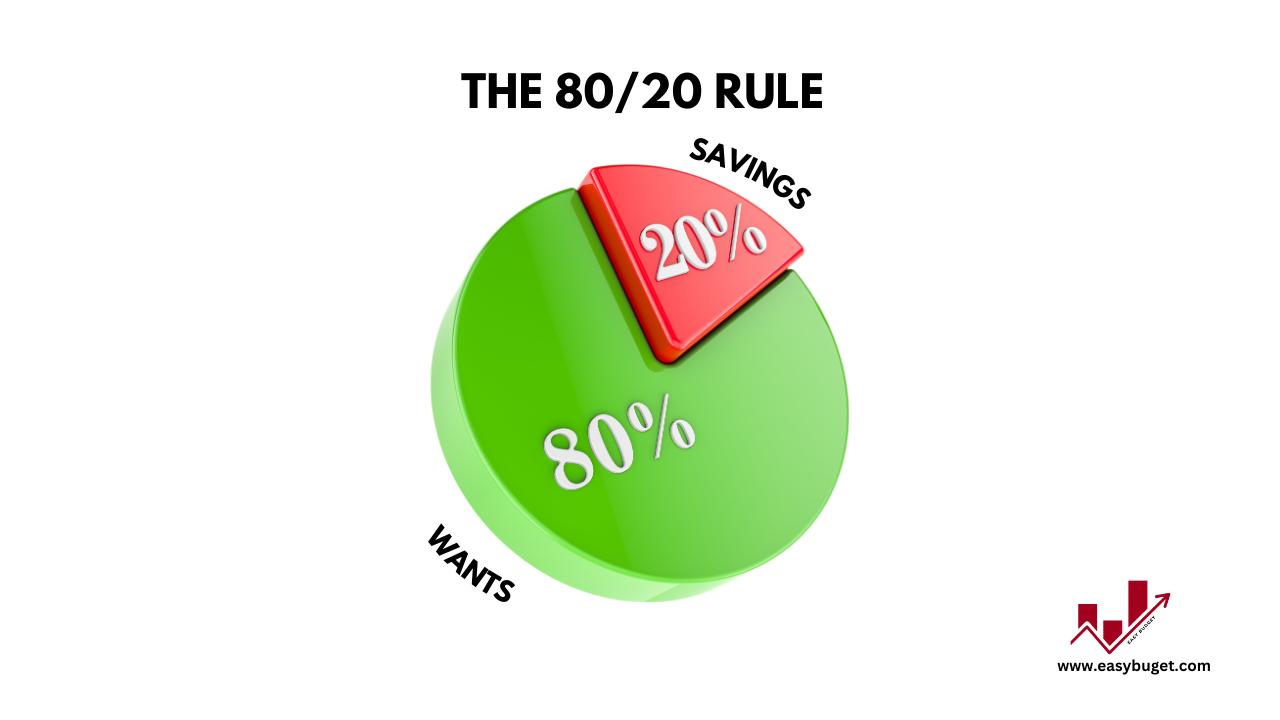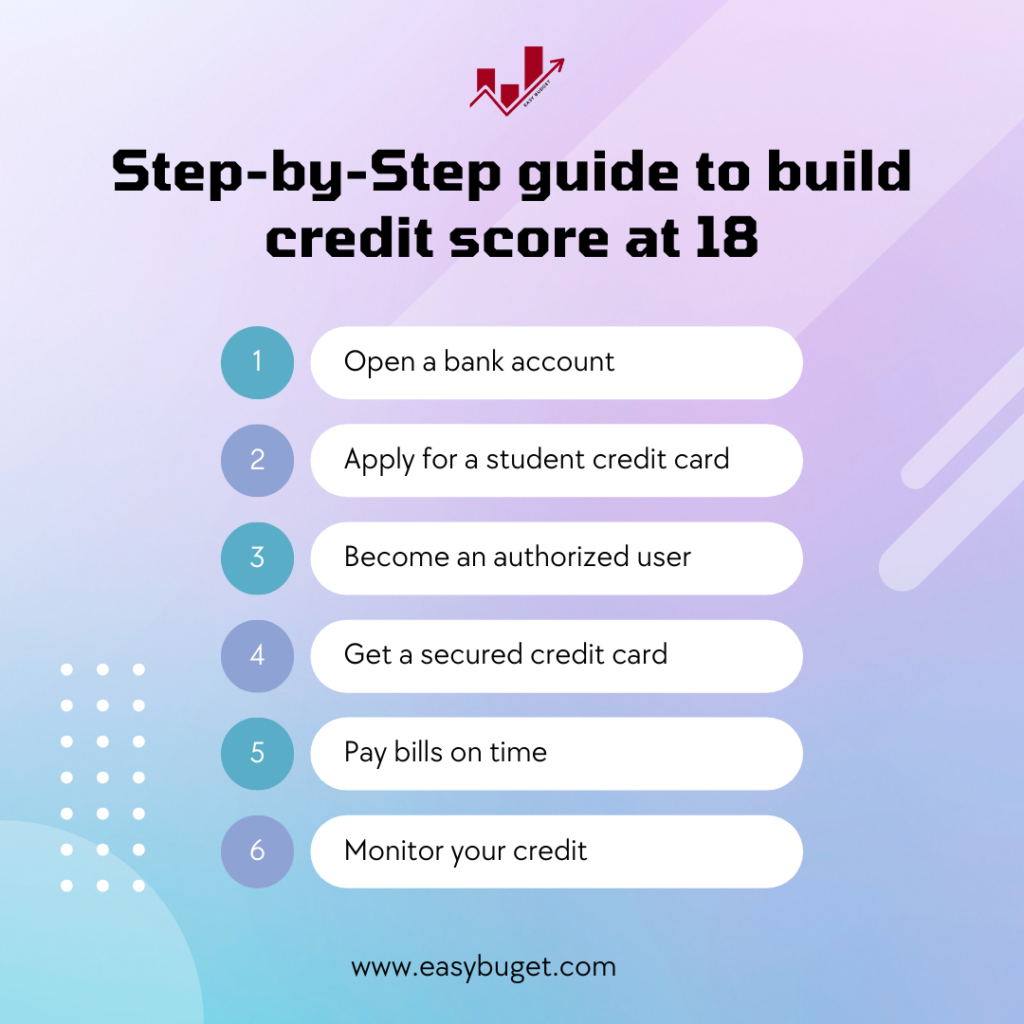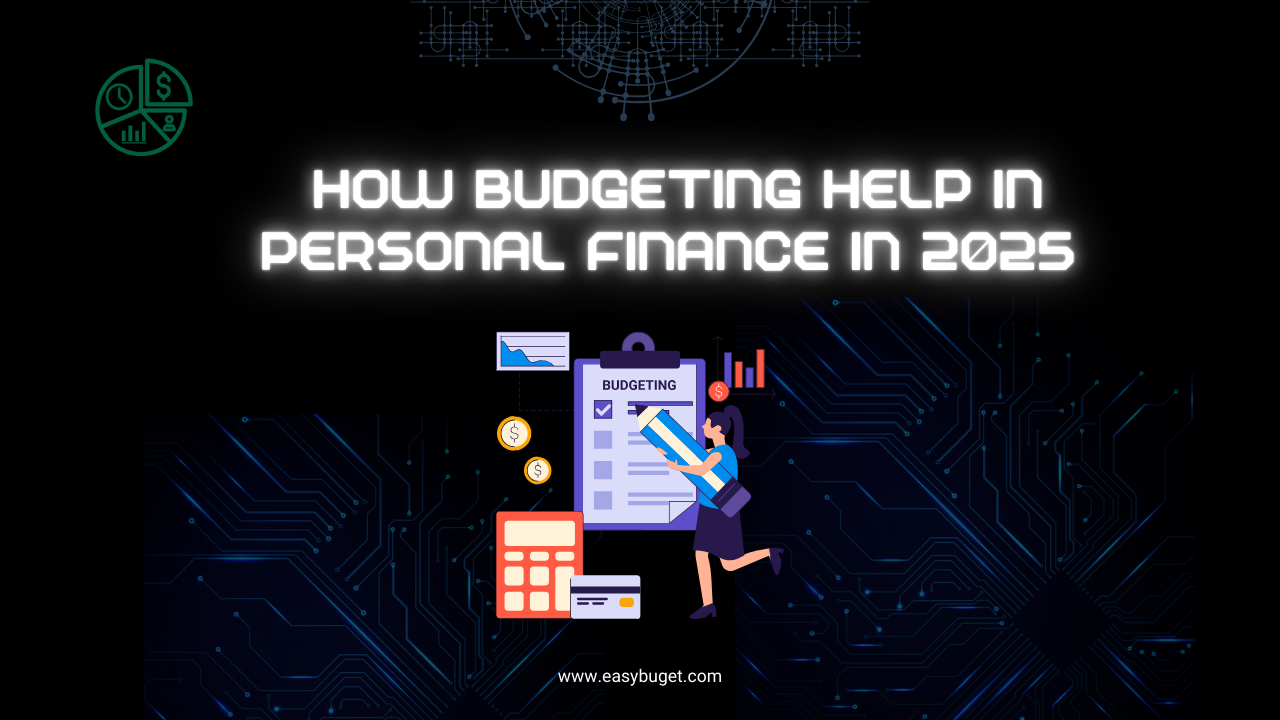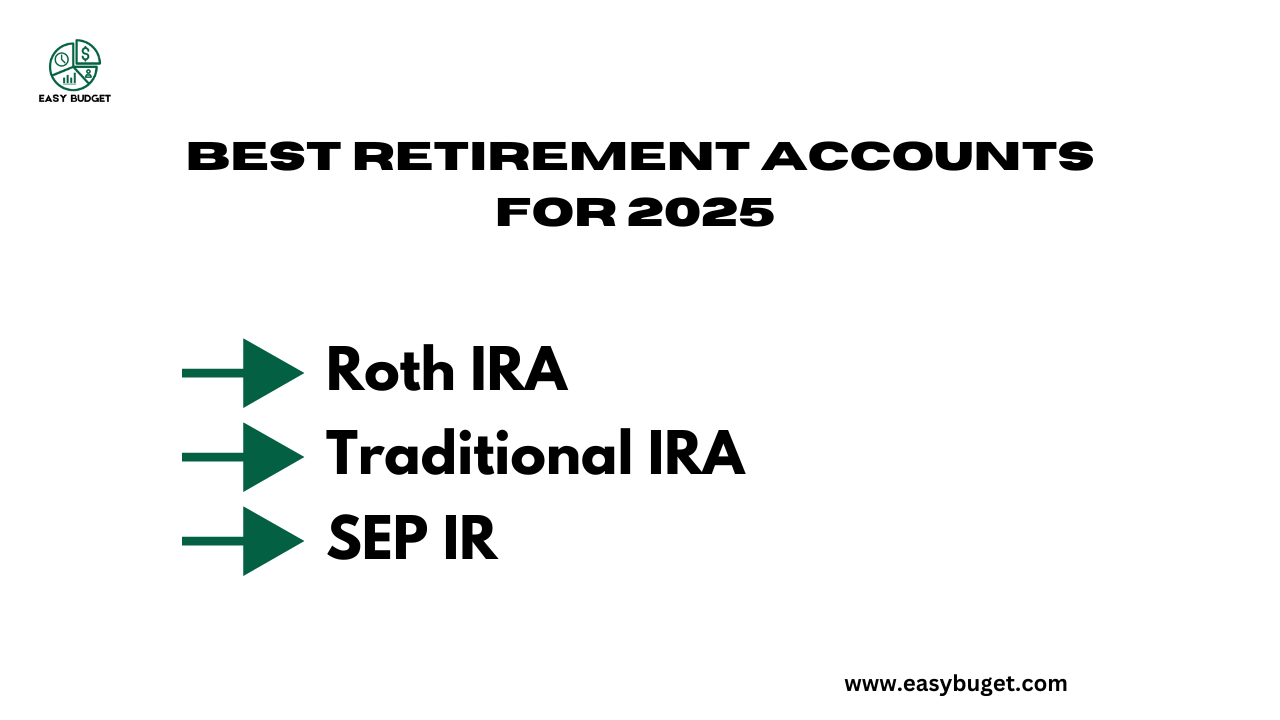Introduction
Let’s be honest—traditional budgeting can feel like a chore. Tracking every dollar, categorizing expenses and sticking to a strict spending plan isn’t for everyone. If you’ve ever felt frustrated trying to budget, there’s good news: you don’t actually have to track every expense to save money.
Enter the anti budget method—a simple, stress-free approach to managing your money. It prioritizes saving first and spending guilt-free later—no spreadsheets, no apps, no strict rules. Sounds interesting? Let’s dive in!
What is the anti budget method?
The anti-budget is exactly what it sounds like: a budget without the budgeting. Instead of micromanaging every expense, you follow one simple rule:
👉 Pay yourself first, cover your bills and spend the rest however you want.
That’s it! No breaking down categories, no tracking coffee runs and no worrying about whether you overspent on groceries.
Here’s a comparison table between the anti budget method and Traditional budgeting method to help you see which approach fits your lifestyle better.
| Feature | Anti budget method | Traditional budgeting method |
|---|---|---|
| Main Concept | Pay yourself first, spend the rest freely. | Track and allocate every dollar into specific categories. |
| Tracking Effort | Minimal – no need to track daily expenses. | High – requires regular expense tracking. |
| Best For | People who prefer simplicity & automation. | People who want detailed control over their finances. |
| Savings Approach | Savings are automated before spending. | Savings depend on how much is left after expenses. |
| Flexibility | High – no rigid spending limits. | Low – requires sticking to budgeted categories. |
| Stress Level | Low – no need to micromanage money. | Can be high if budgets feel restrictive. |
| Time Commitment | Very low – set it and forget it. | Moderate to high – requires monthly reviews. |
| Risk of Overspending | Moderate – since there’s no set spending cap. | Low – if you follow the budget strictly. |
| Ideal Income Type | Stable income with predictable expenses. | Any income type, but best for those who need structure. |
| Debt Management | Works if debt payments are automated. | Better for aggressive debt repayment strategies. |
| Who Should Avoid? | People with poor spending habits or high debt. | People who feel overwhelmed by tracking expenses. |
How does the anti budget work?
The process is simple:
1️⃣ Decide on a savings goal – Choose a percentage of your income (e.g., 20%-30%) to save or invest every month.
2️⃣ Automate savings – Set up direct deposits into savings accounts, retirement funds or debt payments.
3️⃣ Pay your fixed expenses – Rent, utilities, insurance, subscriptions—get those out of the way.
4️⃣ Spend the rest freely – Whatever’s left is yours to use however you want, guilt-free!
With this method, your savings and priorities are handled before you even touch your spending money. It removes the stress of tracking everything while still ensuring financial progress.
Who should use the anti budget method?
The anti budget method isn’t for everyone, but it’s a great fit if:
✅ You don’t enjoy tracking expenses.
✅ You have a steady income and predictable bills.
✅ You want a simple, low-maintenance financial system.
✅ You already save money but want a more relaxed approach.
On the other hand, it might not work well if:
❌ You struggle with overspending and impulse buys.
❌ You’re in deep debt and need strict money management.
❌ You like having detailed control over where every dollar goes.
If you’re a natural spender, you might need some boundaries to make this work (more on that later).
Why the anti budget method works (The Benefits)
Still skeptical? Here’s why this approach can be a game-changer:
✔️ Less stress – No more obsessing over every expense.
✔️ More flexibility – Allows freedom to spend on what matters to you.
✔️ Time-saving – No tracking, no spreadsheets, no budget reviews.
✔️ Encourages savings – Ensures you hit financial goals without effort.
In short, the anti-budget helps you to build wealth without financial anxiety.
Potential downsides & How to fix them
Like any method, the anti-budget has some challenges. Here’s how to handle them:
🚨 Risk of overspending – If you tend to spend too freely, try setting a rough spending cap or using cash envelopes for things like dining out.
📊 No tracking of small expenses – While you don’t need a strict budget, checking your bank statement once a month helps avoid surprises.
💰 Not great for people in debt – If you’re paying off credit cards or loans, prioritize debt payments before adopting this method.
How to transition to the anti budget method
Want to give it a try? Follow these simple steps:
1️⃣ Decide your savings percentage – Aim for at least 20% of your income.
2️⃣ Automate your savings – Use direct deposits to send money straight to savings, investments or debt payments.
3️⃣ Cover your essentials – Rent, bills and necessities come next.
4️⃣ Let the rest flow – Whatever’s left is yours to spend freely!
Start small, test it out and adjust as needed—your budget, your rules.
Final thoughts
If you’ve struggled with traditional budgeting, the anti budget method might be the simpler, stress-free solution you need. It lets you to focus on big-picture financial goals without tracking every penny.
Give it a try and see if it works for you! Have you used an anti-budget before? Drop a comment and share your experience! 🚀
FAQs
Q: Is the anti-budget method better than traditional budgeting?
A: It depends on your personality! If you like structure and control, a traditional budget may work better. But if you prefer simplicity and flexibility, the anti-budget can be a game-changer.
Q: Can I use the anti-budget if I have debt?
A: Yes, but prioritize debt payments before spending freely. You might need a modified approach where extra payments go toward debt instead of savings.
Q: How much should I save before using the anti-budget?
A: Ideally, you should have an emergency fund with at least 3-6 months’ worth of expenses before switching to a relaxed spending approach.
Q: Does the anti budget mean I don’t track money at all?
A: Not necessarily! You don’t track daily expenses, but reviewing your accounts once a month ensures you’re staying on track.

